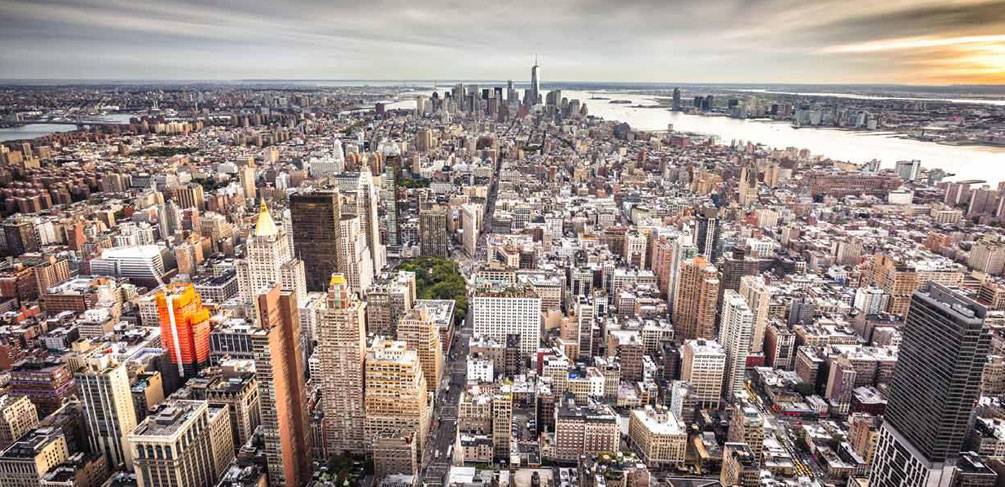Some Known Factual Statements About Landscape Design
Some Known Factual Statements About Landscape Design
Blog Article
Landscape Design Things To Know Before You Get This
Table of ContentsThe Facts About Landscape Design RevealedNot known Incorrect Statements About Landscape Design The 10-Second Trick For Landscape DesignIndicators on Landscape Design You Should Know
A backyard can generally be split right into three areas: public (the front lawn), private (the back lawn), and solution (commonly the side backyard). The area of task locations depends largely on the kind of location, the size of space required, the type of activity, and the preferred closeness to other tasks and structures.
The outdoors wall of your house usually offers as the first wall surface or starting factor of an outside space. Incompatible usages need to be separated, and related activities, such as cooking and eating, should be created to make the backyard much more effective and enjoyable. When utilizing hardscape to create areas, make use of building product similar to that used in your house for continuity from your home into the yard.
Connected rooms. Credit Rating: Gail Hansen, UF/IFAS Utilizing comparable hardscape features and repeating plants pulls the eye around the garden.
From a design perspective, plant products have 3 significant features in the landscape: aesthetic, architectural and utilitarian. Cosmetically, plants create an aesthetically positive environment and structurally plants organize and specify spaces.
The Basic Principles Of Landscape Design
For mental comfort plants are used as physical or suggested obstacles for personal privacy and safety. Physical obstacles block both the sight and accessibility to an area and consist of fences, wall surfaces and plant hedges. Landscape Design. Indicated barriers, commonly reduced expanding plants, obstruct accessibility but not the view (Number 9). Various other functions of plants consist of cleaning the air, stopping disintegration and dirt loss, preserving dampness in the dirt, and returning raw material to the soil.
Physical and implied obstacles. Credit Report: Gail Hansen, UF/IFAS For these reasons, the kinds of plants to be made use of (such as trees, shrubs, or groundcovers) need to be chosen in the very early phases of planning. Plant types are picked for their useful capacities to ensure that their future purpose and needed space can be taken into consideration at the same time.
The overhanging airplane, the vertical plane and the ground plane must all be taken into consideration to create room. Once the shape of a plant bed has actually been developed, the plants should be massed (organized) and split to attain visual unity and the desired amount of enclosure. The size of a plant mass will rely on this link the overall dimension of the yard, the dimension of the private plants in the mass, and the emphasis or impact wanted from the plant material.
Each plant mass is in front of, behind, or next to, another mass. Credit History: Gail Hansen, UF/IFAS Repeating plants within a mass and duplicating masses with similar plants links the yard with each other. The individual plant attributes have to be considered to effectively layer and mass plants.
Indicators on Landscape Design You Should Know
All plant make-ups begin with the major framework plants, the big, mostly evergreen background plants-such as the trees and huge shrubs. These plants separate or enframe areas, control the dimension of the space, and supply the beginning factor for picking the appropriate qualities of the 2nd layer, midground plants, for massing and infill.
Important factors in the yard must be highlighted by the use special plants, distinct frameworks, or yard ornaments. Noting limits visit their website or entries to rooms can be performed with gateways, arbors, and actions, or through the use of distinct and vivid plants. The form and/or design theme of the garden will certainly commonly assist determine the vital factors and exactly how they need to be highlighted.
Various other vital locations in the yard are centerpieces, which is made use of to aesthetically arrange a landscaped location. The type of focal factor usually depends upon the seeing perspective. Different point of views or viewpoints can expose various make-ups in the landscape that might need a variety of prime focus. Contrasting texture, form, dimension and color will certainly record and hold the eye.
The Ultimate Guide To Landscape Design
Figure 13. Plant forms. Credit: Gail Hansen, UF/IFAS After kind, texture is the following dominant function of a plant; crude, tool and great textures can be used for comparison and focus in the landscape. Kind and texture both trump shade in the garden for many of the year. During particular seasons, color will certainly be the most noticeable feature of the yard.


The pleasurable scent of plants, the noise of wind in the trees, the sound and texture of water, and the shades and textures of sculptures, pots and yard furnishings all include in the experience of the yard. One information that is commonly forgotten is the impact of light on the visual appeals of the plants.
The whole garden changes in function and look over the course of the day, and the program of a year, as the light and temperature level modification from early morning to night and period to period. Plant selection have to think about a plant's growth price, its mature dimension and kind, and the maintenance it will certainly call for.
It is very important to recognize the eventual mature dimension of plants so they can be positioned in the right location and spaced Get More Info properly when they are set up. Offering plants area to grow is a difficulty since the common mature dimension is generally based upon optimal growing conditions and the environmental conditions of a site may cause a plant to enlarge or stay smaller sized.
Report this page